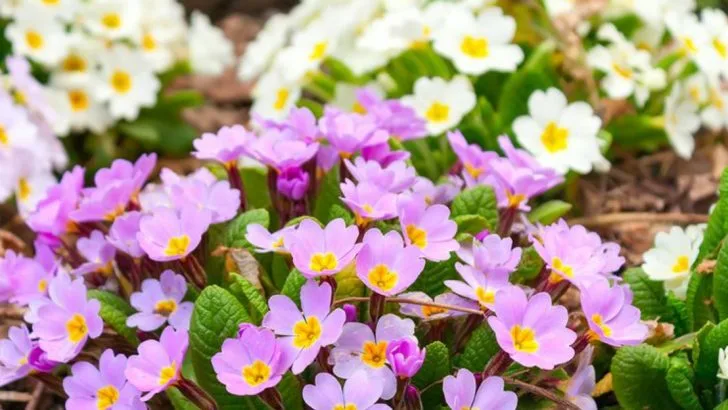Some garden stars are total fakes. They strut into spring, flaunt a few flowers, and vanish before summer even starts. No warning. No goodbye. Just a sad, empty gap where your border once looked full and glorious. You’re left staring at dirt, wondering what went wrong—and why your “reliable” plants pulled a vanishing act. The truth? Some crowd favorites are seasonal tricksters. Pretty on the seed packet, disappointing in real life. But not anymore. You deserve a border that keeps its promise all season long. Let’s talk about the plants that disappear by July—so you don’t waste another inch of garden space on a short-lived diva.
Bleeding Heart
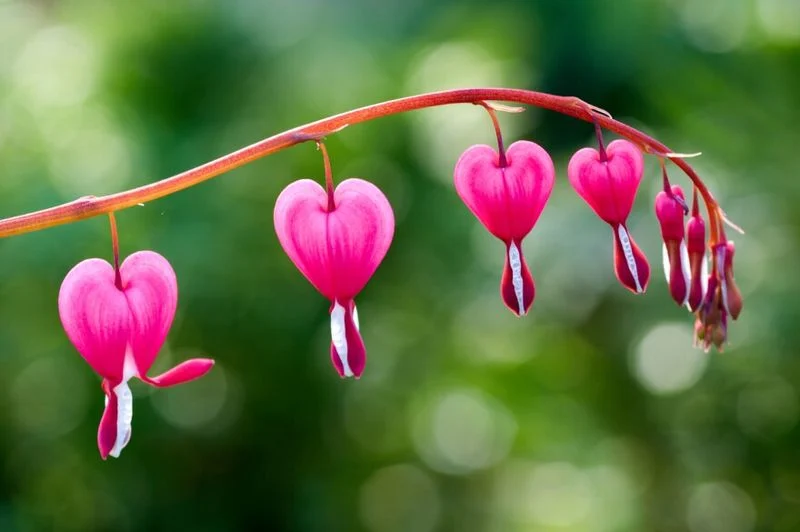
Known for its heart-shaped flowers, the Bleeding Heart adds romance to any garden. Emerging in the cool spring, its pink and white blooms create enchanting arches. As temperatures rise, it gradually retreats, leaving behind a memory of its delicate beauty.
Gardeners cherish this plant for its ephemeral charm, a true testament to the fleeting nature of spring. Despite its short-lived presence, the Bleeding Heart’s impact is unforgettable. An annual favorite, it perfectly encapsulates the essence of transient garden beauty.
Its ability to surprise with an early bloom makes it a garden treasure.
Virginia Bluebells
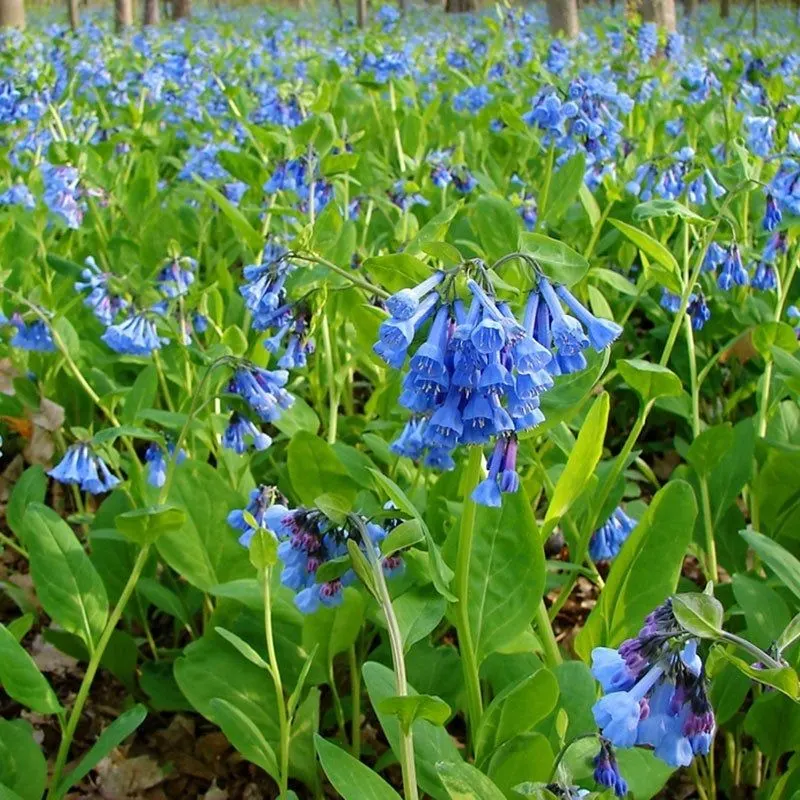
Virginia Bluebells are a true herald of spring. Their vibrant blue flowers light up woodland gardens before vanishing as summer approaches. This perennial’s fleeting bloom is a spectacle, enchanting onlookers with its vibrant hues.
As the days grow longer, the bluebells retreat, making way for summer blooms. Yet, their brief appearance is long remembered, offering gardeners a rare glimpse of early-season splendor.
The cycle of growth and dormancy adds depth to garden landscapes, underscoring the transient beauty of nature’s calendar.
Corydalis
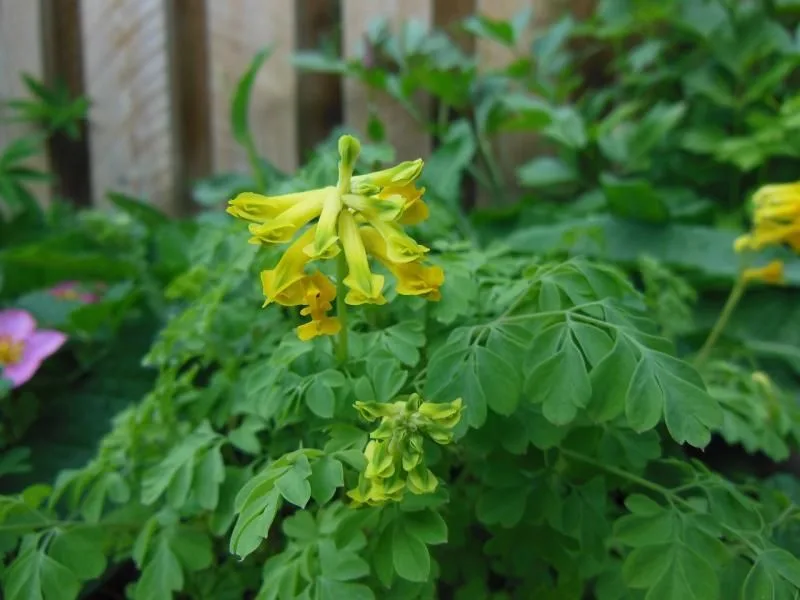
Corydalis captures attention with its delicate yellow flowers and fern-like foliage. This small perennial thrives in shaded gardens, offering a splash of color in early spring.
As the temperatures rise, Corydalis retreats, leaving behind its charming foliage. Its quick disappearance is a reminder of the swift changes in nature.
Gardeners appreciate its resilience and ability to thrive in challenging conditions. Despite its brief bloom, Corydalis brings joy and a touch of elegance to any garden setting.
Spanish Bluebells
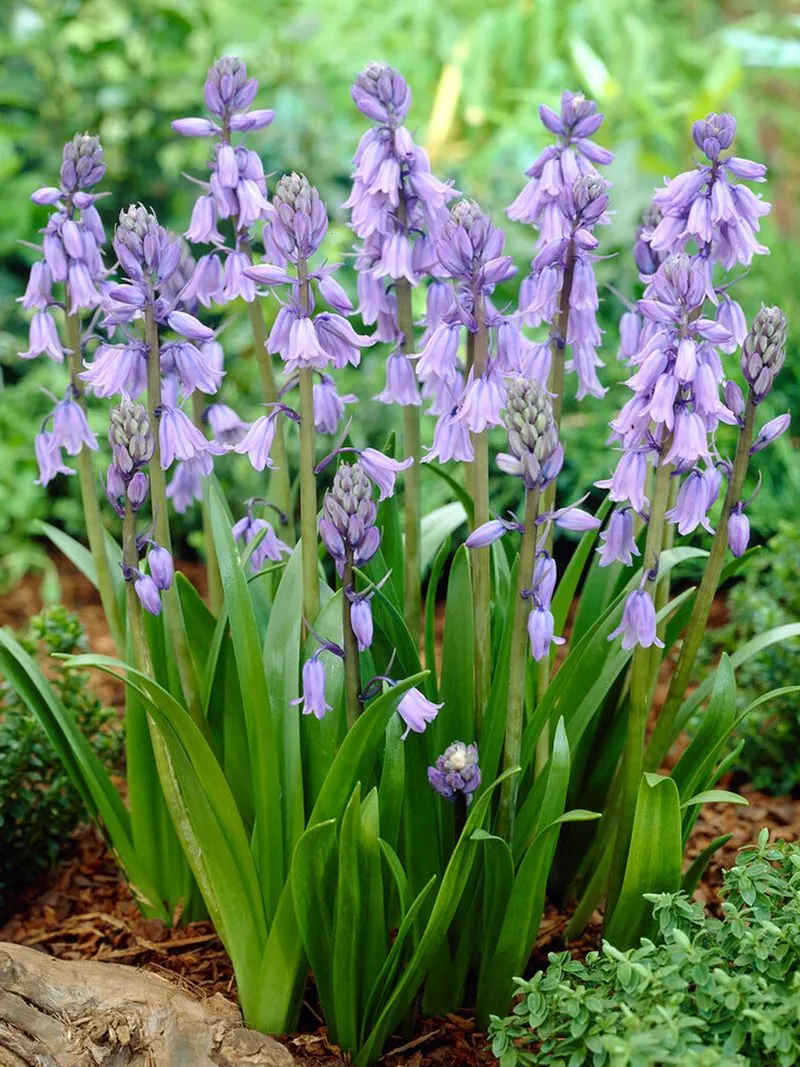
Spanish Bluebells delight with their lavender-blue blooms, nodding gracefully in the spring breeze. Common in European gardens, they create a soft, magical carpet under trees.
As summer draws closer, these bluebells fade, allowing other plants to take center stage. Their short-lived beauty is cherished by gardeners seeking a touch of elegance.
This plant is often used in naturalized settings, blending seamlessly with woodland environments. Spanish Bluebells are a gentle reminder of nature’s ever-changing beauty.
Dutchman’s Breeches
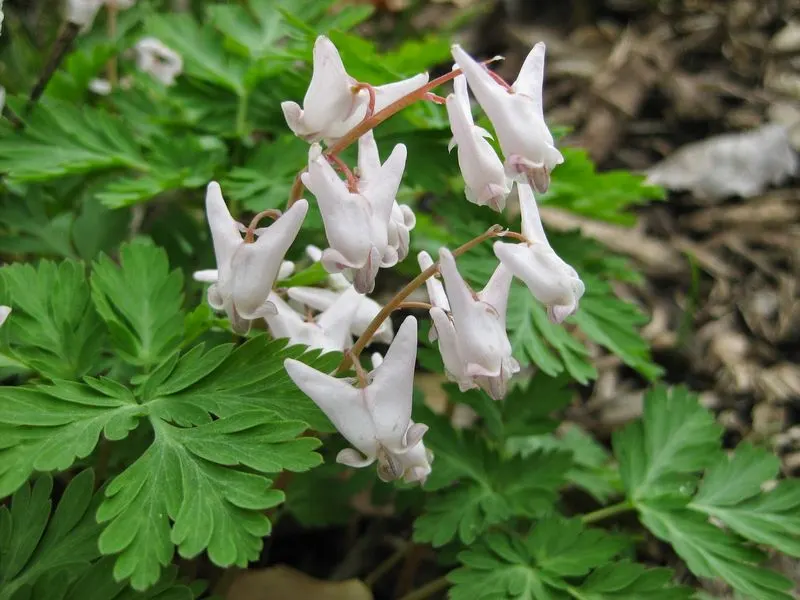
Dutchman’s Breeches is a whimsical plant with pantaloon-shaped white flowers. Its striking appearance captures the imagination of gardeners and nature enthusiasts alike.
Blooming in early spring, this plant quickly retreats as temperatures rise. Despite its brief presence, it leaves a lasting impression with its unique floral structure.
Gardeners often plant Dutchman’s Breeches in shaded areas, where they thrive and surprise with their quirkiness. This plant is a delightful addition to any border, offering a playful touch to early spring gardens.
Trillium
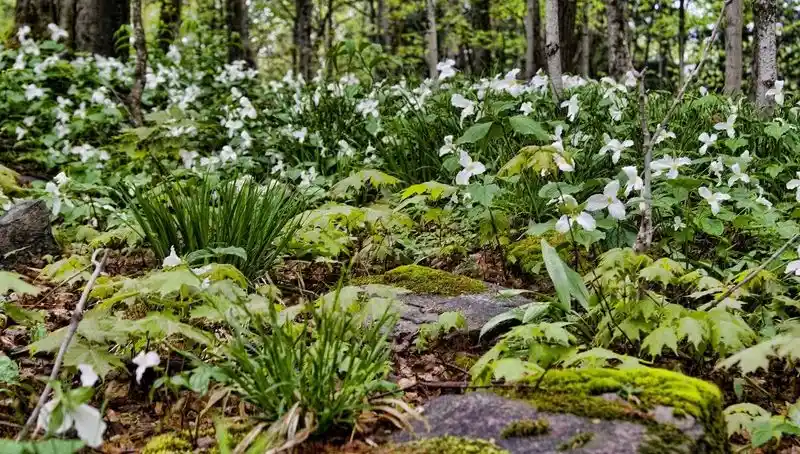
Trillium, with its three-petaled flowers, is a springtime favorite in woodland gardens. Its elegant simplicity adds a touch of refinement and is a symbol of purity.
As summer approaches, Trillium quietly fades away, leaving space for the next wave of blooms. Its brief presence is a reminder of the cycle of life and the changing seasons.
Gardeners value Trillium for its ability to bring a sense of tranquility and balance, making it a cherished component of naturalistic landscapes.
Ephemeral Anemone

Ephemeral Anemones charm with their delicate white and pink blossoms. These early bloomers bring a burst of color to spring gardens, capturing the essence of the season.
As the heat of summer sets in, Anemones retreat, leaving behind a whisper of their former glory. Their cycle of bloom and dormancy adds a dynamic element to garden compositions.
Gardeners treasure these plants for the brief joy they bring, enhancing the garden’s narrative with their subtle grace and elegance.
Pasque Flower
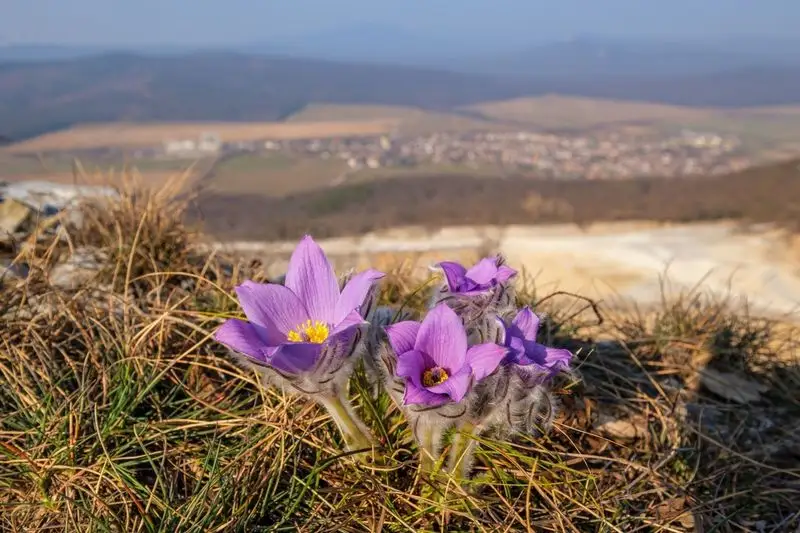
The Pasque Flower mesmerizes with its silky purple petals and golden centers. Blooming in early spring, it adds a splash of color to rock gardens and borders.
This plant’s brief appearance is marked by its stunning blooms, which captivate attention before fading into dormancy. The Pasque Flower’s elegance is matched by its resilience, thriving in well-drained soils.
Gardeners appreciate its early bloom and striking beauty, making it a beloved choice for those seeking to add a touch of sophistication to their landscapes.
Primrose
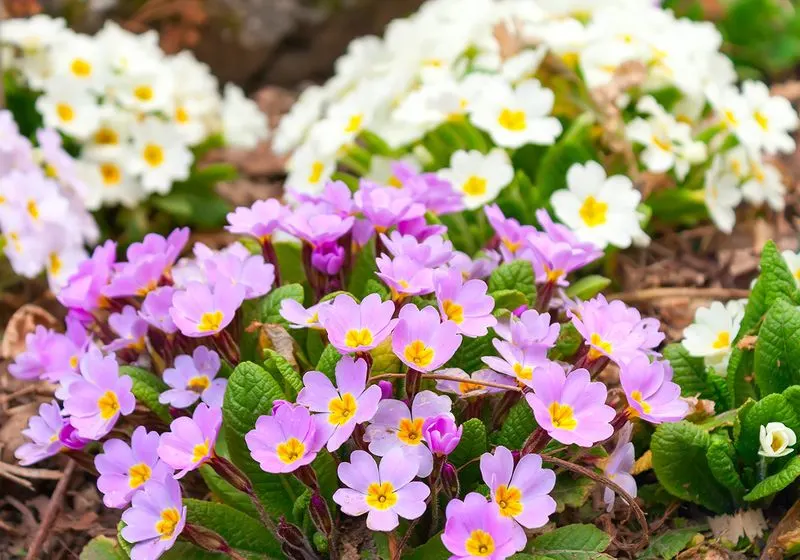
Primroses herald spring with their vibrant hues and cheerful presence. Found in many gardens, they offer a kaleidoscope of colors that delight the senses.
As the season progresses, Primroses retreat, giving way to summer flora. Their lively blooms bring a sense of joy and renewal, making them a staple in early spring gardens.
Gardeners often plant Primroses for their ability to brighten up shady spots, adding character and charm to any landscape setting.
Wood Sorrel
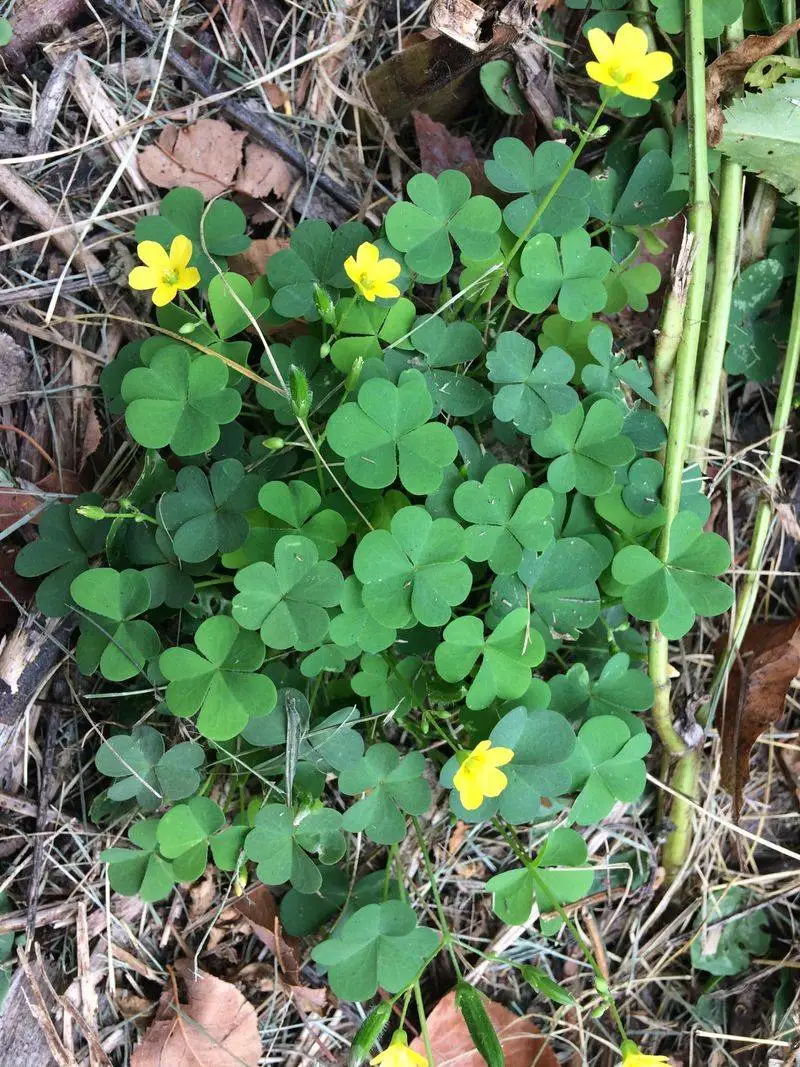
Wood Sorrel enchants with its clover-like leaves and delicate yellow flowers. Often found in woodland settings, it adds a touch of whimsy and charm.
As summer approaches, Wood Sorrel’s presence diminishes, making room for other plants to shine. Despite its brief bloom, it remains a favorite among gardeners.
This plant’s ability to thrive in shaded areas makes it a versatile addition to any garden. Its ephemeral nature is a testament to the beauty of impermanence.
Columbine
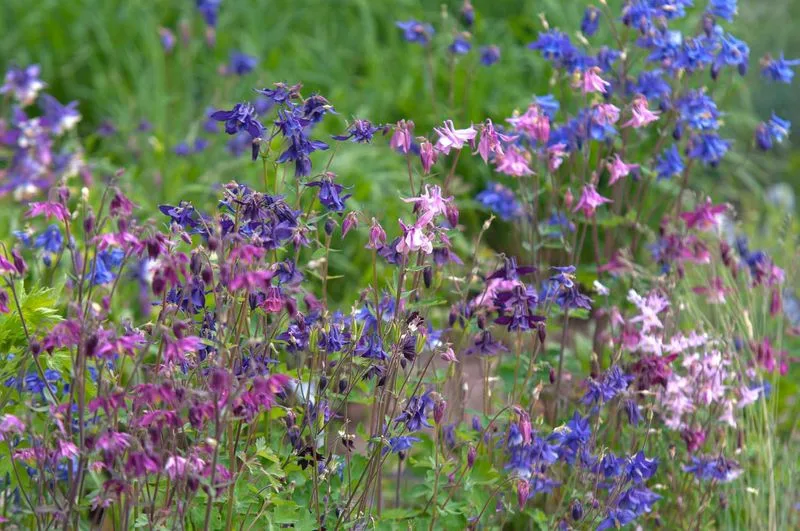
Columbine flowers captivate with their unique spurred petals, available in a range of colors from blue to violet. These delicate blooms add a playful elegance to any garden.
As the warmth of summer sets in, Columbines retreat, having left their mark with their intricate beauty. Gardeners value them for their ability to attract pollinators.
The Columbine’s brief appearance is a highlight of the spring garden, offering both visual interest and ecological benefits.
Lungwort
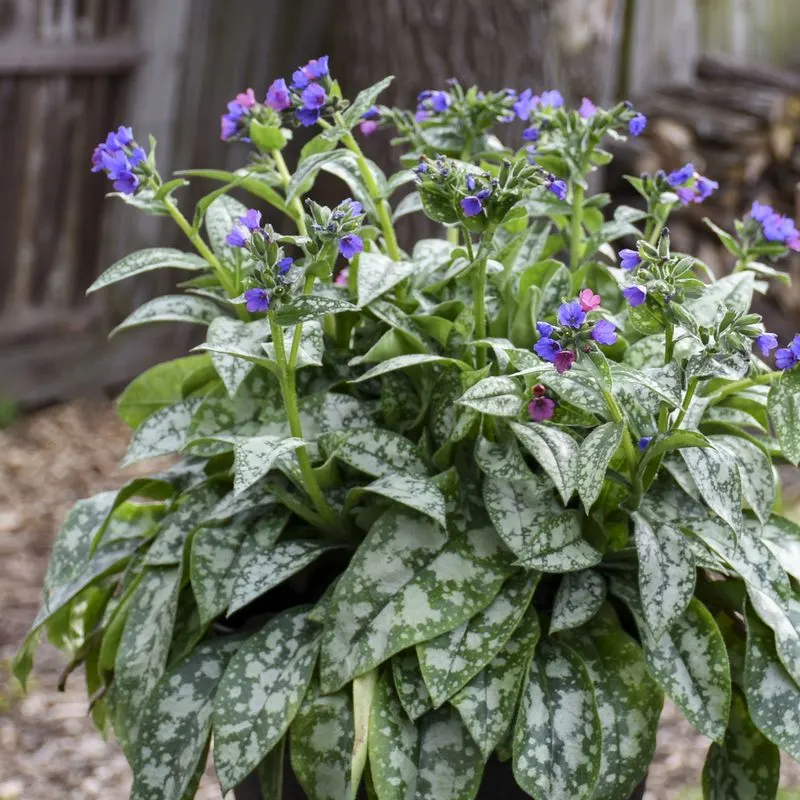
Lungwort surprises with its spotted foliage and tiny blue and pink flowers. This plant thrives in shaded areas, adding texture and color to spring gardens.
Its blooms, though fleeting, provide early nectar for pollinators, making Lungwort a valuable ecological addition. As summer unfolds, it quietly retreats, leaving behind its characteristic leaves.
Gardeners prize Lungwort for its adaptability and unique appearance, making it a beloved choice for enhancing shaded garden spots.
Snowdrop Anemone
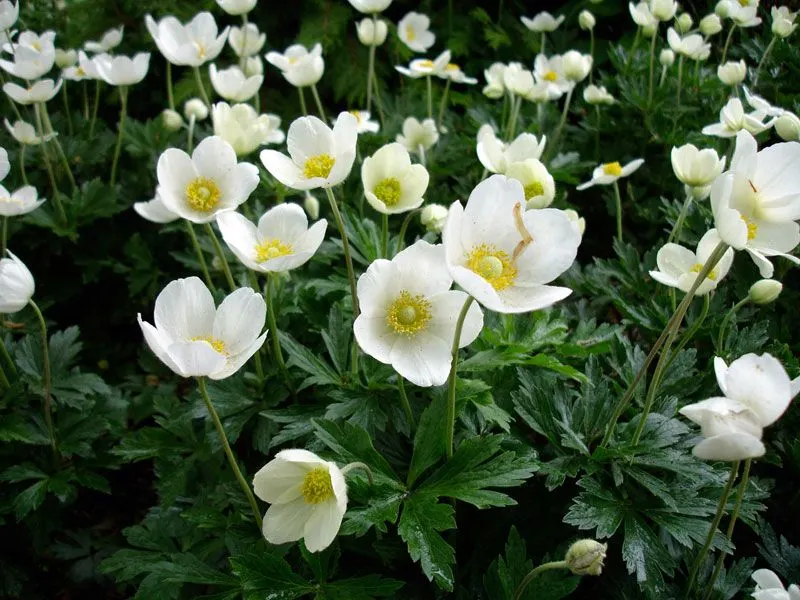
Snowdrop Anemones grace gardens with their pure white flowers and bright green leaves. Blooming as winter fades, they usher in the promise of spring.
Their presence is short-lived, but their beauty leaves a lasting impression. Gardeners cherish these plants for their ability to brighten up early spring days.
Snowdrop Anemones are often planted in groups, creating a carpet of white that contrasts beautifully with fresh greenery.

